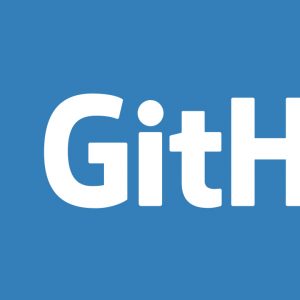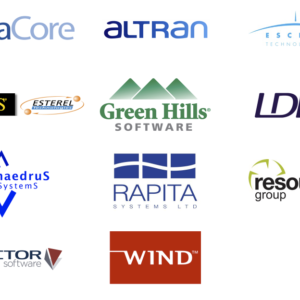by
Emma Adby

Modernizing Adacore's Open-Source Involvement
Through the adoption of GitHub we have taken our first step on the way to having a more collaborative and dynamic interaction with, both our users and open source technologies.
2 entries tagged with #OSS

Through the adoption of GitHub we have taken our first step on the way to having a more collaborative and dynamic interaction with, both our users and open source technologies.

We are excited to be sponsoring and exhibiting at the 2nd annual High Integrity Software conference, taking place on 5th November 2015 at The Royal Marriott Hotel in Bristol.